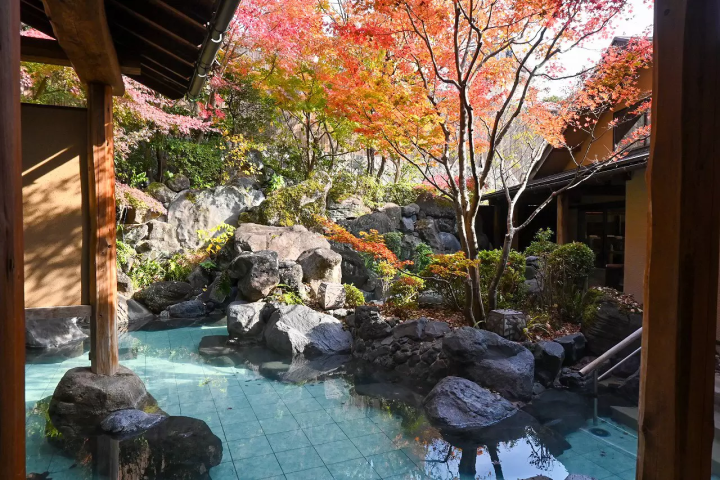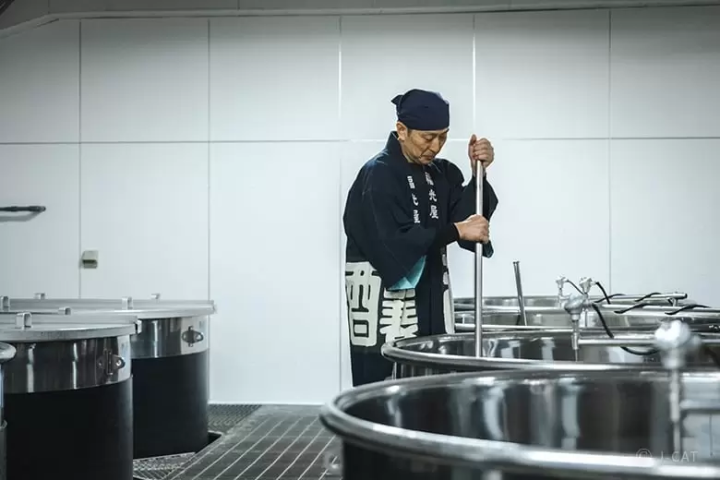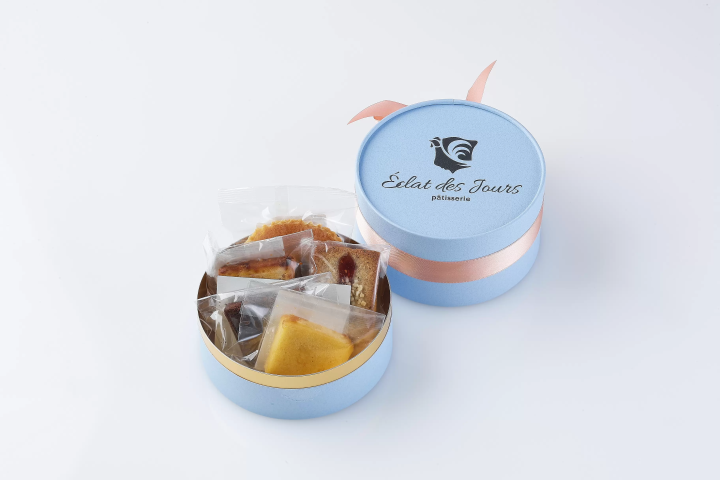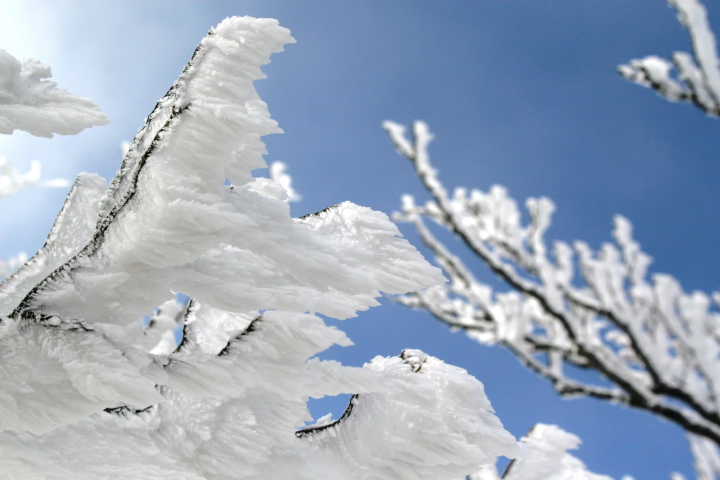There are also many practical items with modern designs. Okayama's "Igusa Products"

Okayama Prefecture's rush industry has long been the number one producer in Japan in terms of both quantity and quality. Even today, the high level of processing technology is renowned nationwide. In addition to flower mats that are carefully woven using traditional techniques, accessories such as cushions, slippers, and vase mats are also popular and recommended as souvenirs.
Okayama, the land of sunshine, blessed with water, is the perfect place for making rush products.

Igusa is a type of wild grass that has been distributed throughout Japan since ancient times. Its cultivation became popular in what is now Kurashiki City and Hayashima Town during the Edo period, when vast reclaimed land was developed and the cultivation of cotton and igusa, which are resistant to salt damage, was encouraged.

When processing rush grass into tatami mats or other products, it is dyed with mud to eliminate unevenness in color, enhance its shine, prevent deterioration, and make it durable. In the days before dryers, the mud-dyed rush grass was dried in the sun, so in this area with little rainfall, the production of products from the rush grass developed along with its cultivation.
During the Meiji period, Kurashiki rush products were a representative export of Japan.

"A villager presented Empress Jingu, aboard a ship, with a mat woven from wild grasses." A legend that remains at Matsushima Kurashiki City , Kurashiki, suggests that mat making has been taking place in this area since the Age of the Gods. Books from the Edo period record the area around Kurashiki in Bitchu Province (present-day Kurashiki City and Hayashima Town) as a igusa-producing region, and in the Meiji period, igusa product manufacturing in Okayama developed rapidly.

The driving force behind this was Kurashiki City-born Isozaki Minki, who improved weaving machines and developed dyeing techniques. His invention of "Nishiki," a flower mat woven with beautiful and intricate patterns, gained worldwide recognition, and Okayama flower mats grew into an important export item for Japan.
From traditional to modern items. Igusa products that fit into modern life

Many of the businesses that make rush products in Okayama are concentrated in the Nanbu , mainly in Hayashima and Kurashiki . Although the volume has decreased in recent years, the high level of processing techniques is renowned throughout the country. Okayama's carefully woven rush products continue to carry on these traditional techniques to the present day.

Okayama's rush products are supported by a long history and reliable techniques. In recent years, in addition to traditional flower mats, many practical items that blend into modern life, such as coasters, slippers, table centers, placemats, and computer accessories, are also produced. The characteristic humidity-regulating properties of rush grass also help make our lives more comfortable. Its refreshing scent and modern design add a touch of comfort to your life.
Okayama Prefecture is located in the Center of Western Japan and is known as the "Land of Sunshine" due to its warm climate and little rain throughout the year. It's conveniently located halfway between famous tourist destinations like Kyoto, Osaka, and Hiroshima! It's also the gateway to Shikoku via the Seto. Okayama is also known as the "Fruit Okayama," and the fruits that are sun-drenched in the warm climate of the Setouchi are of the highest quality in terms of sweetness, aroma, and flavor. You can enjoy seasonal fruits such as white peaches, Muscat grapes, and Pione grapes! Okayama is also home to world-class tourist spots, including Okayama Castle, Okayama Korakuen Garden, one of Japan's three most famous gardens, and Kurashiki Bikan Historical Quarter, which boasts history, culture, and art!
The contents on this page may partially contain automatic translation.


























![[For beginners and debutants] Special feature on recommended ski resorts and ski tours!](https://resources.matcha-jp.com/resize/720x2000/2025/12/26-254120.webp)



